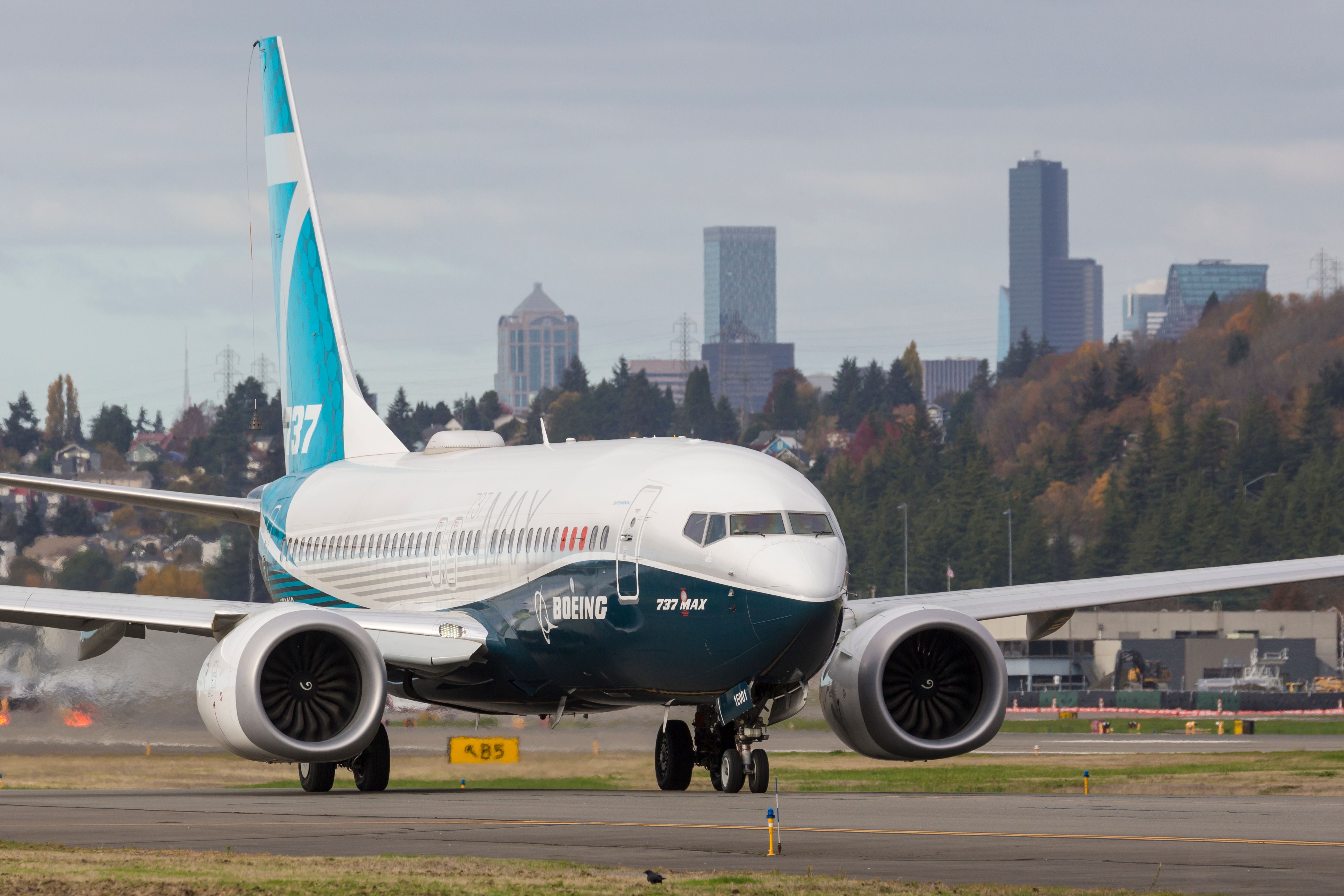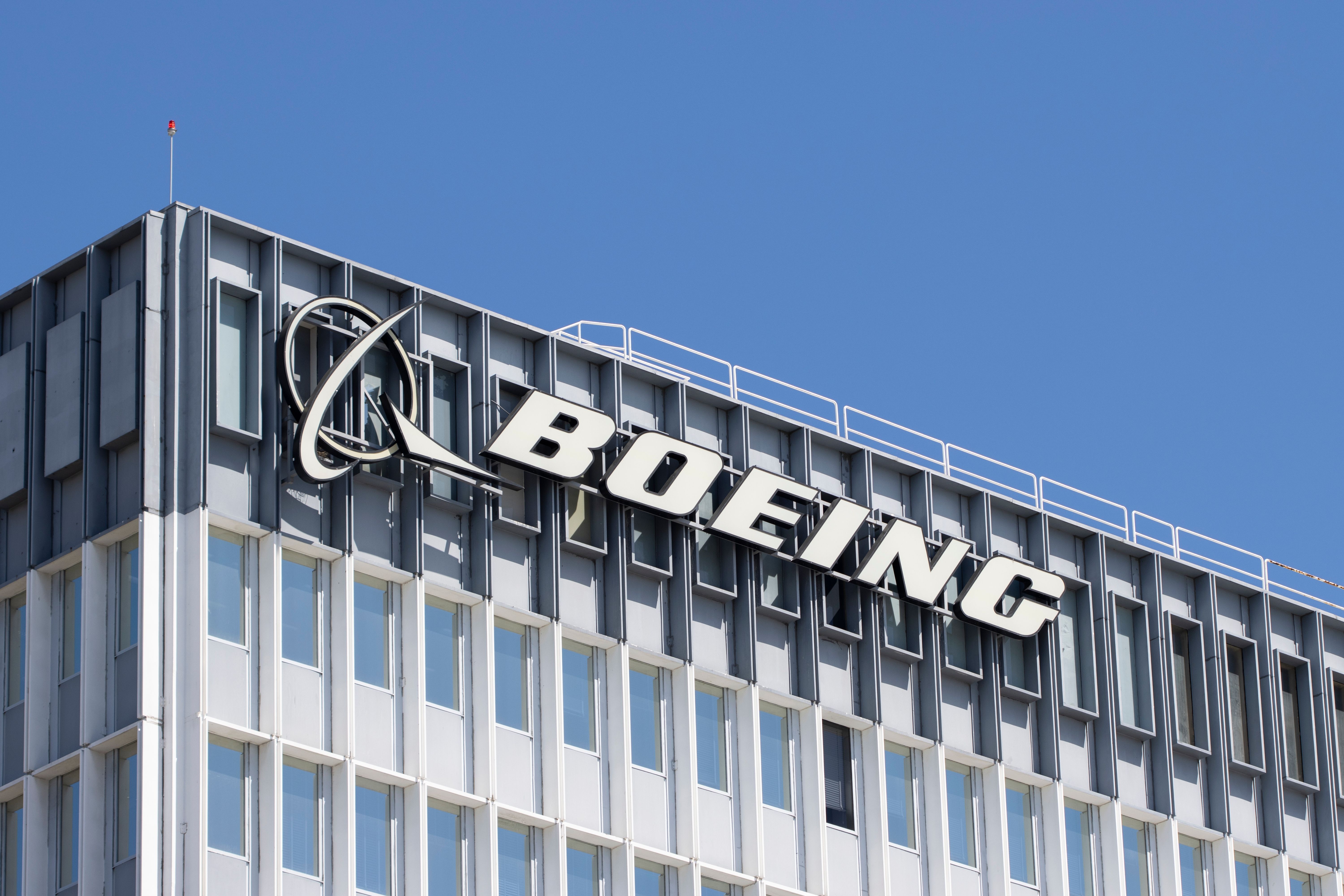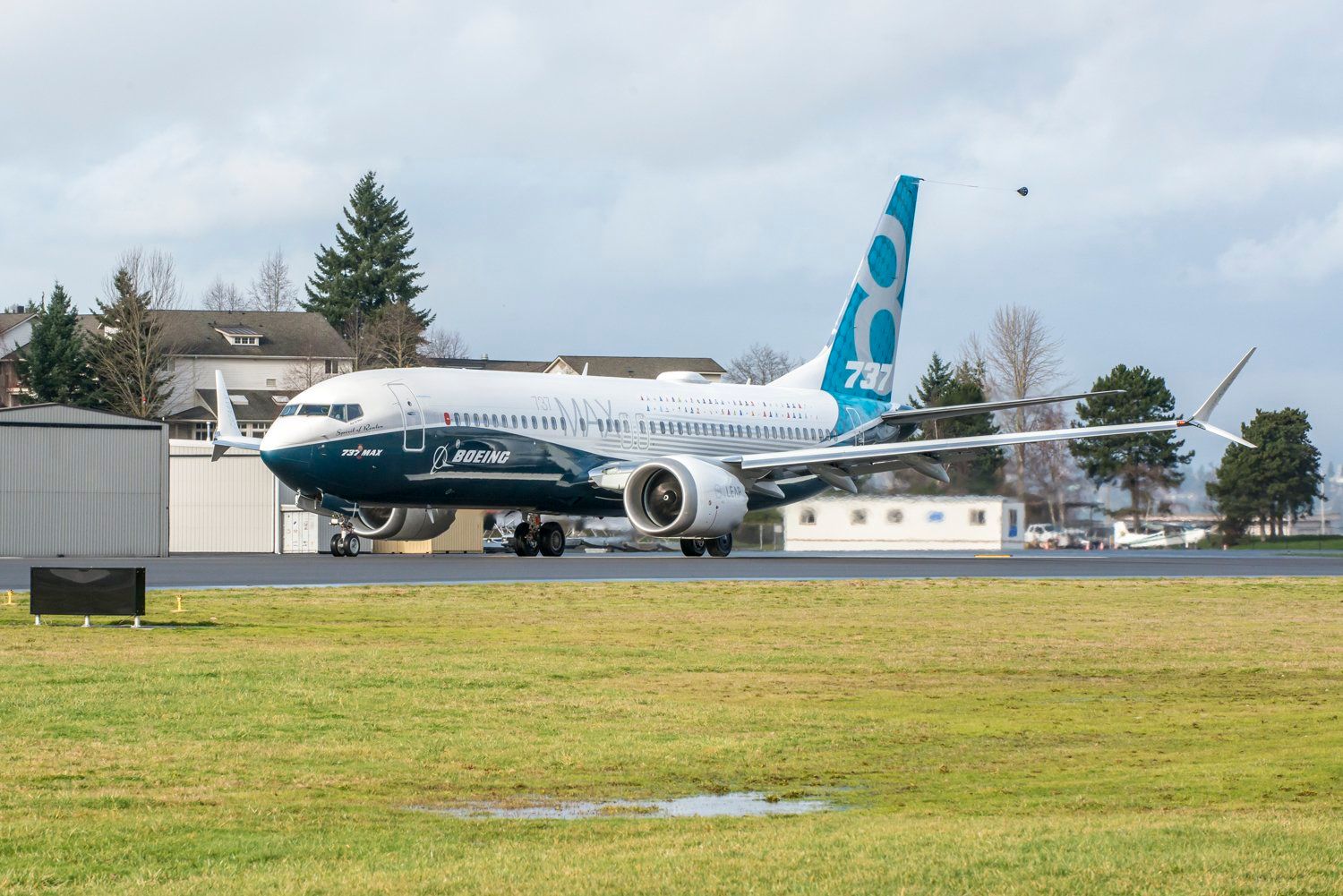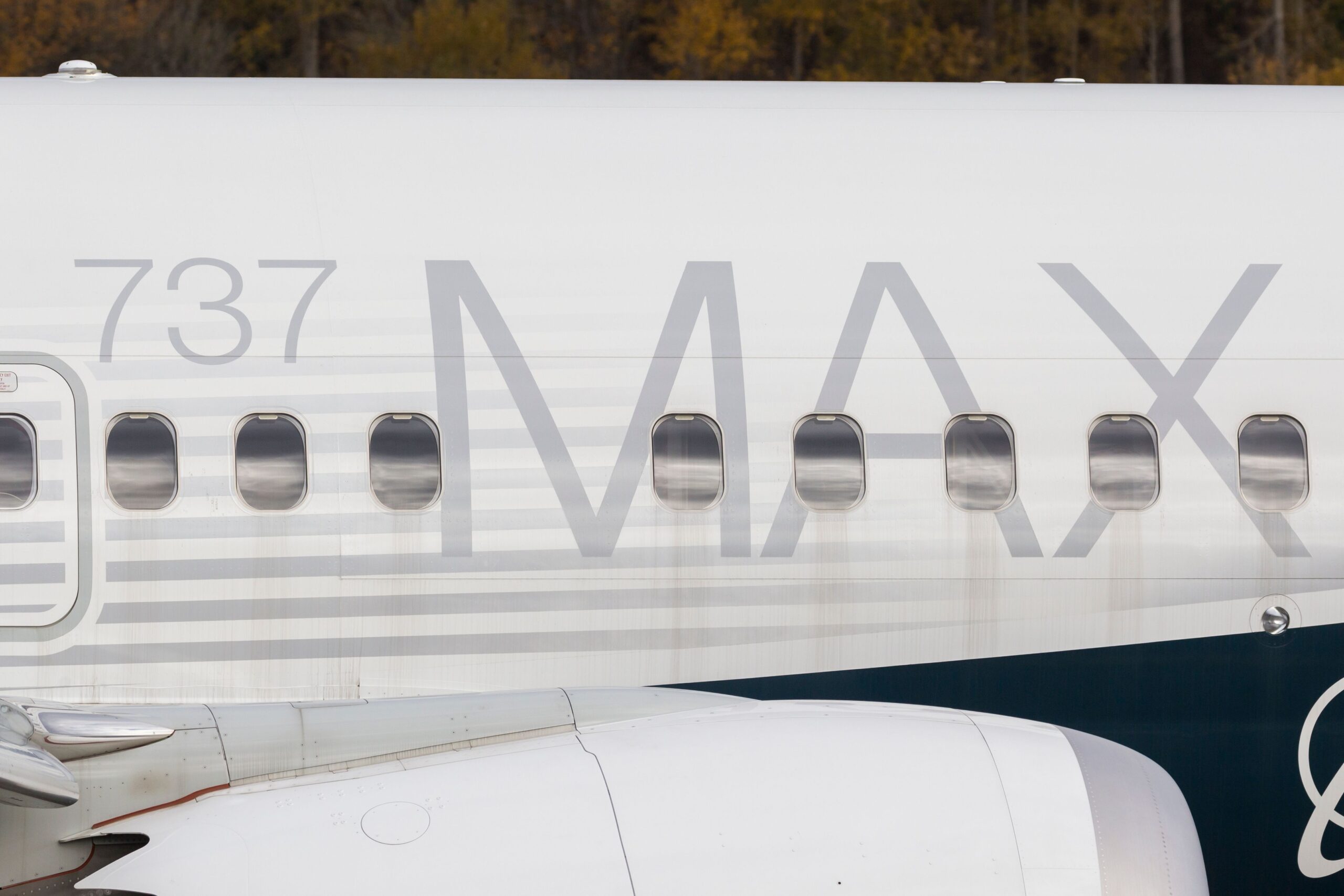This post was brought to you by Simple Flying.
In a court filing on July 7, 2024, the Department of Justice (DOJ), which has represented the United States government in a fraud case against Boeing, said that the US government and the aerospace company had reached an agreement in principle on a plea related to the Boeing 737 MAX fraud charges.
The aircraft manufacturer was accused of violating its deferred prosecution agreement (DPA) in May, with the DPA stemming from the two fatal Boeing 737 MAX crashes in October 2018 and March 2019 involving Lion Air and Ethiopian Airlines 737 MAX 8 aircraft.
The DPA was finalized in January 2021, when Boeing was charged with a conspiracy to defraud the Federal Aviation Administration (FAA), namely its Aircraft Evaluation Group (FAA AEG).
Agreement in principle
The July 7 filing detailed that while the DOJ and Boeing have signed the agreement in principle, the two sides are still working to document and memorialize the final terms into a written plea agreement. The DOJ said that it expected to file the final agreement on July 19, asking the US District Court for the Northern District of Texas, to delay the trial scheduling order at least until July 12.

Nevertheless, the DOJ emphasized that Boeing will plead guilty to the most serious readily provable offense, violating a certain section of the January 2021 DPA.
In the May letter to Reed O’Connor, a District Court Judge of the US District Court for the Northern District of Texas, who has been overseeing the US versus Boeing case, the DOJ outlined that Boeing violated the DPA by “failing to design, implement, and enforce a compliance and ethics program to prevent and detect violations of the US fraud laws throughout its operations.”
In the same May letter, the DOJ said it was still deliberating on how to proceed. At the time, Boeing was given 30 days to respond to the allegations that it had breached the DPA and describe the actions the manufacturer had taken to address the situation.
At the same time, the DOJ outlined that it would continue its dialogue with the family members of the victims of the two Boeing 737 MAX crashes, airline customers, and their counsel about the next steps.
Probation period and an independent compliance monitor
While the final wording of the plea agreement was still being worked on by Boeing and the DOJ, the current wording of the latest charge against the aircraft manufacturer outlined that the company will plead guilty to conspiracy to defraud the US, specifically, the lawful function of the FAA AEG. However, Boeing will not be charged with any other criminal offense to the conduct that the DOJ outlined in the DPA.
Boeing will also be fined $487.2 million, and the court will determine the restitution amount for the two fatal 737 MAX crash victims’ families. However, since the court determined that the violation of the DPA did not harm Boeing’s airline customers, they will not be able to claim any restitution from the plane maker.

The company will also enter into a three-year probation period with three special conditions. Firstly, the company’s board of directors will meet with the 737 MAX crash victims’ families.
Secondly, Boeing will invest at least $455 million in its compliance and safety programs during the term of the probation. Thirdly, an independent compliance monitor will oversee the company’s operations for the duration of the probation, with the US government selecting the monitor and issuing a request of proposals (RFP) for potential independent candidates.
“The monitor will prepare a confidential annual report for the Government, and file on the public court docket an executive summary of that annual report.”
The victims’ families, which called for a $24.7 billion fine for Boeing, opposed a plea deal. Citing the Crime Victims’ Rights Act (CVRA), the families’ counsel, Paul Cassell, asked to discuss the plea deal with the DOJ, including any potential concessions that would be given to Boeing.
Defrauding the FAA
When Boeing and the DOJ reached the DPA, the latter provided background information in the filing, which the manufacturer confirmed was true and accurate. According to the DPA’s statement of facts, Boeing had developed the 737 MAX as the successor to the highly successful 737 Next Generation (NG).
Since the FAA’s role has been to determine the airworthiness of the aircraft and the minimum level of pilot training for US-based airlines and pilots, the FAA AEG was primarily responsible for determining the training requirements. The group compared the 737 NG and 737 MAX, mandating a minimum level of computer-based training (CBT) for US pilots who would switch from the 737 NG to the 737 MAX.
According to the DOJ, mandating more rigorous training, which could include full-flight simulator (FFS) training, would result in losses for Boeing and passenger airlines flying the 737 MAX, including lost revenues since pilots using the FFS to train on the new aircraft would not be able to fly passengers.

As a result, Boeing and its 737 MAX Chief Technical Pilots, one of whom worked for Boeing in the role from early 2014 to June 2018, with the other overtaking their duties since then, understood that the FAA AEG relied on them and that CBT for pilots transitioning from the 737 NG to the 737 MAX would make the aircraft more attractive for airline customers.
“From at least in and around November 2016 through at least in and around December 2018, in the Northern District of Texas and elsewhere, Boeing, through Boeing Employee-1 [the 737 MAX Chief Technical Pilot working at Boeing until June 2018 – ed. note] and Boeing Employee-2 [the other 737 MAX Chief Technical Pilot – ed. note], knowingly, and with intent to defraud, conspired to defraud the FAA AEG.”
Throughout that time, the two Boeing employees knowingly withheld information about the Maneuvering Characteristics Augmentation System (MCAS), including that the system’s scope was expanded beyond high-speed wind-up turns. The expanded scope resulted in MCAS covering nearly the entire speed range of the aircraft and contributed to the two disasters in Indonesia and Ethiopia.


